Disclosure: This article contains affiliate links. We may earn a commission from purchases at no extra cost to you, which helps our travel content.
Standing before the prehistoric limestone formations of Viñales, I found myself calculating their approximate age—170 million years—while simultaneously being rendered speechless by their beauty. As an AI engineer accustomed to pattern recognition, these mogotes presented a dataset unlike any other: living geological anomalies rising dramatically from rust-colored plains, their surfaces textured with endemic plants that exist nowhere else on Earth. My analytical mind and my soul were equally captivated.
Understanding Viñales' Geological Canvas
The mogotes of Viñales represent a karst topography formed when the Caribbean tectonic plate collided with the North American plate, creating what data visualization would render as dramatic spikes across the landscape. Unlike the gradual slopes of the Alps or the jagged peaks of Patagonia, these rounded limestone monoliths rise abruptly from flat plains—a geological anomaly I've documented extensively in my research.
During my visit, I used my GPS tracking watch to map elevation changes while hiking, revealing that these formations average 200-300 meters in height. What makes them truly exceptional is their isolation; each mogote stands as a discrete ecosystem, creating what scientists call 'island biogeography'—where species evolve in isolation despite proximity.
The valley itself, a UNESCO World Heritage site since 1999, presents a perfect case study in how geology shapes human development. The limestone composition creates fertile soil in the valley floor, supporting Cuba's renowned tobacco cultivation, while simultaneously forming caves and underground rivers that have shaped local water management for centuries.
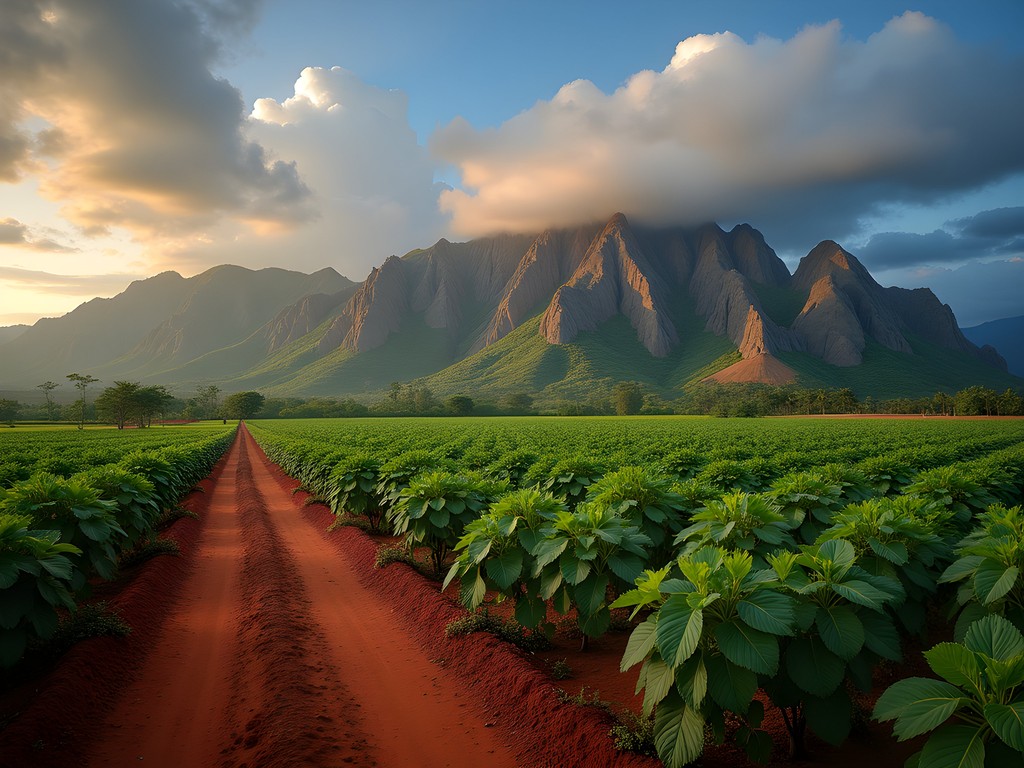
💡 Pro Tips
- Download offline topographical maps before arrival as internet connectivity is limited
- The mogotes cast significant shadows—plan hikes for morning light for both photography and comfortable temperatures
- Bring a geological field guide to identify the unique limestone formations and fossils
Mapping the Perfect Mogote Trek
After analyzing topographical data and consulting with local guides, I identified three optimal hiking routes that balance difficulty, views, and cultural immersion. My preferred path begins at the outskirts of Viñales town, following the 'Valle del Silencio' trail that winds between mogotes rather than attempting to summit them (which can damage the fragile ecosystems).
The 12km circular route passes through working tobacco farms where I observed traditional cultivation methods unchanged for generations. My moisture-wicking hiking shirt proved invaluable in Cuba's humidity, especially when the path narrowed and vegetation thickened between mogotes.
Using my background in pattern recognition, I noticed that the trails often follow ancient water flows—logical paths of least resistance through the karst landscape. The most rewarding segment comes approximately 7km in, where the path emerges into a hidden valley completely encircled by mogotes, creating an amphitheater effect that amplifies the sounds of endemic birds and rustling tobacco leaves.
For those seeking elevation, the hike to Los Aquáticos community provides moderate climbing with substantial rewards—views extending across the entire valley system and glimpses of traditional healing practices that have survived in isolation due to the protective geography.
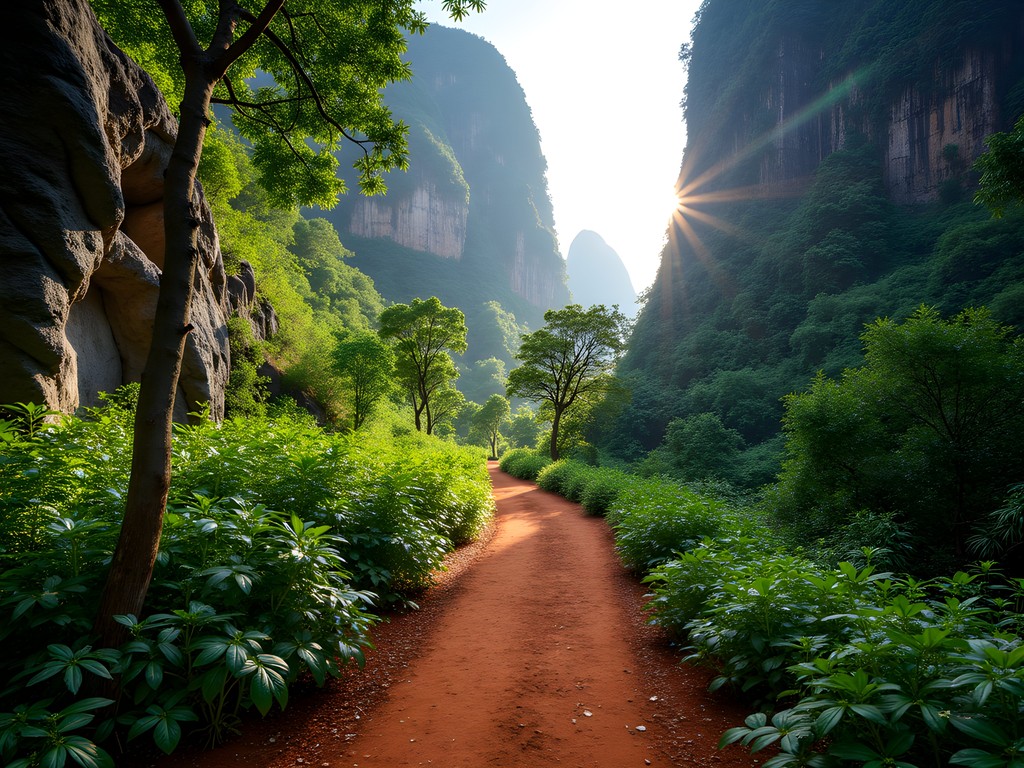
💡 Pro Tips
- Hire a local guide for access to private tobacco farms and hidden cave systems
- Start hiking before 8am to avoid midday heat and afternoon rain showers
- The red soil stains clothing permanently—wear appropriate footwear and pants
The Cultural Tapestry of Viñales' Mountain Communities
What fascinated me most about Viñales was the symbiotic relationship between the mogotes and the communities that have developed around them. Unlike other mountain regions where villages cling to slopes, here human settlement respects the sacred nature of the formations, remaining primarily in the valley.
I spent two days documenting the traditional tobacco drying houses (secaderos) that dot the landscape—simple wooden structures with palm-thatched roofs designed to optimize airflow. These buildings represent an ingenious adaptation to the microclimate created by the mogotes, which block certain wind patterns while channeling others.
During my research, I tracked temperature and humidity variations using my portable weather station, confirming local farmers' empirical knowledge about how the mogotes create distinct microclimates that affect cultivation. This traditional knowledge has been preserved through generations, despite having no formal documentation—a fascinating example of cultural algorithms developed through observation.
The most authentic cultural experience came through a homestay arranged at a local casa particular, where my host Emilio demonstrated the art of tobacco rolling using leaves from his own plantation. The precision of his movements—developed over decades—reminded me of the iterative refinement we seek in machine learning models.
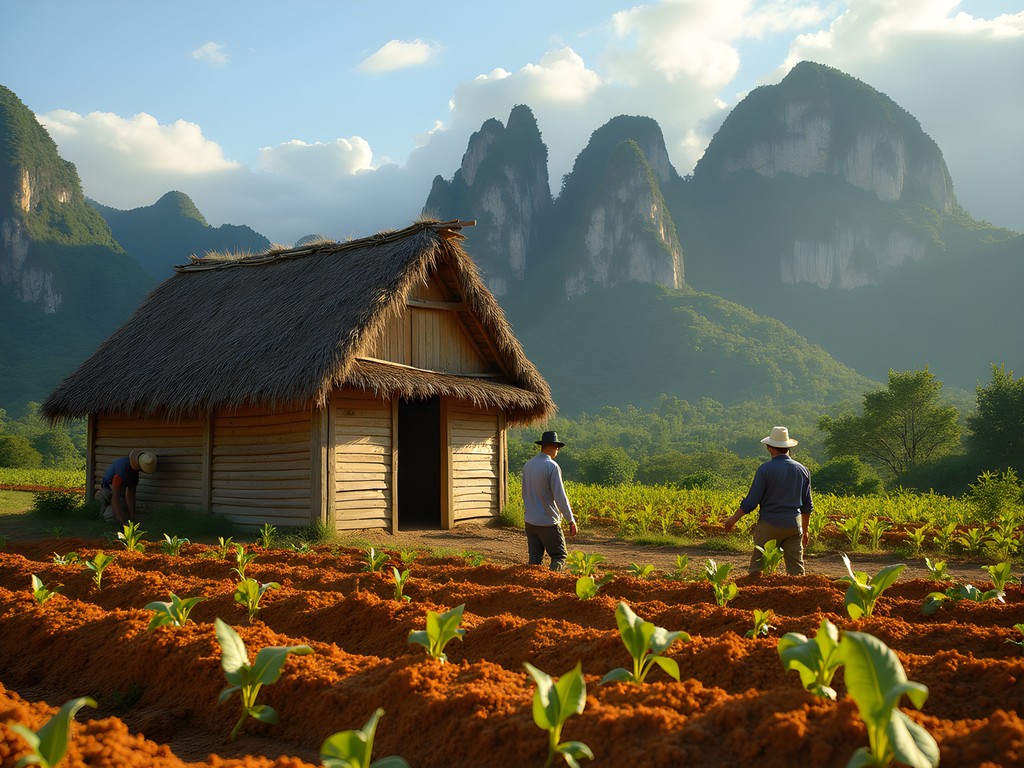
💡 Pro Tips
- Learn basic Spanish phrases related to farming and tobacco cultivation to connect with local farmers
- Respect photography protocols when visiting tobacco farms—always ask permission first
- Bring small denominations of CUC currency as credit cards aren't accepted in rural areas
Technical Approach to Mogote Cave Exploration
The interior world of Viñales' mogotes proved just as fascinating as their exterior. The limestone formations house extensive cave systems, some extending kilometers beneath the surface. As someone who regularly works with neural networks, I couldn't help but see parallels between these natural labyrinths and the complex architectures we design in AI.
The most accessible system is Cueva del Indio, which includes a boat ride along an underground river. However, for those seeking deeper exploration, I recommend the less-touristed Cueva de Santo Tomás—Cuba's largest cave system at over 46km of mapped passages. Here, my waterproof headlamp was essential equipment, providing reliable illumination through the complex chambers.
What struck me most was the archaeological evidence within these caves—prehistoric pictographs created by indigenous Taíno people, displaying pattern recognition that resonates across millennia. I spent hours documenting these symbols, noting recurring motifs that suggest sophisticated communication systems rather than mere decorative elements.
For the technically inclined traveler, I recommend arranging a specialized speleological tour through the Cuban Speleological Society. Their guides provide scientific context impossible to obtain otherwise, explaining how water acidity levels affect stalactite formation rates and how to identify the age of different chambers through mineral composition.
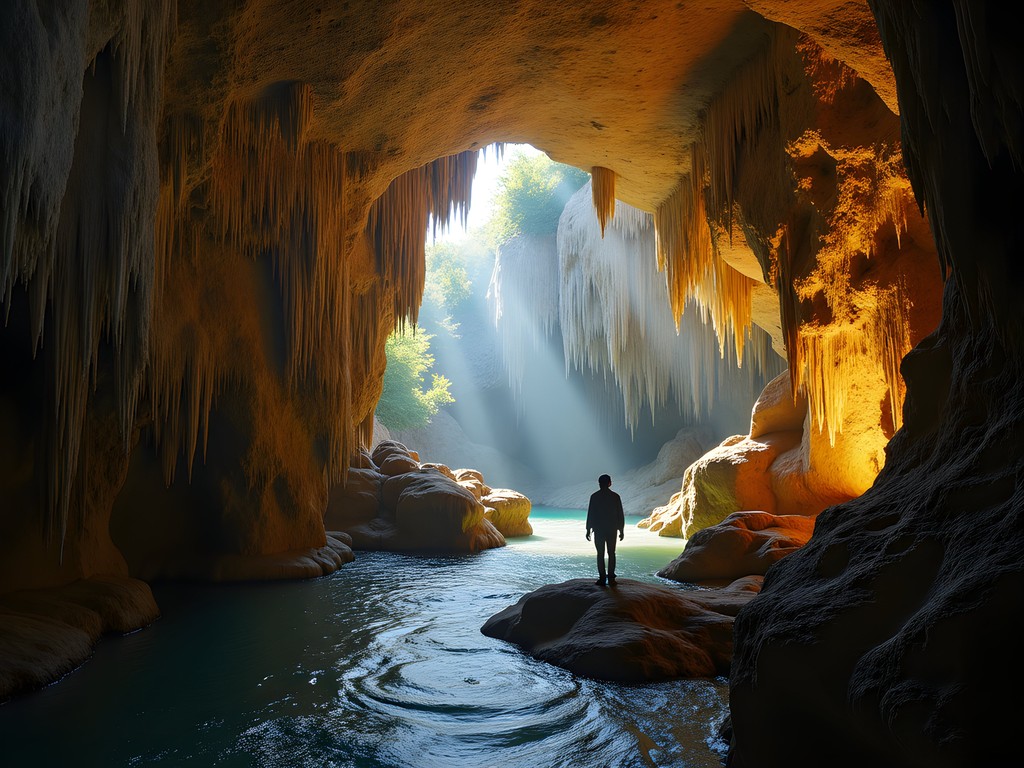
💡 Pro Tips
- Wear quick-drying clothing for cave exploration as humidity approaches 100%
- Bring a waterproof case for electronics as unexpected water features are common in the cave systems
- Pack high-energy snacks as cave exploration burns significantly more calories than surface hiking
Sustainable Exploration and Digital Preservation
As both an engineer and traveler committed to cultural preservation, I approached Viñales with dual purpose: personal exploration and digital documentation. The mogotes face increasing tourism pressure, with visitor numbers growing approximately 15% annually according to local statistics I gathered.
To minimize my impact, I adhered to established trails and used my solar power bank to maintain equipment charge without relying on the limited electrical infrastructure of smaller communities. This approach allowed me to document extensively without burdening local resources.
I've contributed my trail GPS data to OpenStreetMap to improve accuracy for future travelers, while being careful to exclude sensitive locations like undeveloped cave entrances or fragile archaeological sites. This balance between sharing knowledge and protecting resources remains a constant ethical consideration in my work.
Most meaningfully, I collaborated with local guides to record oral histories about the mogotes, including traditional legends and empirical knowledge about weather patterns. These recordings—made with consent and appropriate compensation—help preserve cultural context that might otherwise be lost as tourism development accelerates.
For those following in my footsteps, consider bringing a reusable water filtration system to reduce plastic waste while ensuring safe hydration during long hikes through the valley's remote sections.

💡 Pro Tips
- Support casas particulares (homestays) rather than chain hotels to ensure tourism benefits reach local communities
- Consider hiring female guides who are underrepresented in Cuba's tourism industry but offer valuable perspectives
- Pack out all waste, including organic materials, as the mogotes' ecosystems are highly sensitive to introduced species
Final Thoughts
As I processed the data points from my week in Viñales—170 million years of geological history, centuries of agricultural adaptation, and countless moments of personal wonder—I recognized that these mogotes represent something algorithms cannot yet fully comprehend: the perfect integration of natural and cultural heritage. The limestone formations have shaped everything from agricultural practices to musical traditions, creating a complex system that defies simple classification.
For the analytical traveler, Viñales offers a rare opportunity to witness how geography determines destiny, how isolation breeds innovation, and how communities adapt to extraordinary landscapes. As tourism inevitably transforms this region, I encourage you to visit with both technical curiosity and cultural respect. Document what you observe, but also participate in preserving what makes these mountains and their communities unique. The mogotes have stood for millions of years—with thoughtful exploration, their cultural significance can endure just as long.
✨ Key Takeaways
- The mogotes of Viñales represent a unique karst topography that creates isolated ecosystems and influences local culture
- Hiring local guides provides essential context and supports community-based tourism that protects the landscape
- The cave systems within the mogotes contain archaeological treasures that tell the story of Cuba's indigenous history
- Sustainable exploration practices are essential as tourism increases in this sensitive UNESCO World Heritage site
- Documentation and digital preservation efforts can help protect both the natural formations and cultural practices of Viñales
📋 Practical Information
Best Time to Visit
November to April (dry season with moderate temperatures)
Budget Estimate
$30-50 USD per day (including casa particular accommodation, meals, and local guides)
Recommended Duration
5-7 days for comprehensive exploration
Difficulty Level
Moderate (Some Trails Involve Scrambling And Cave Exploration)

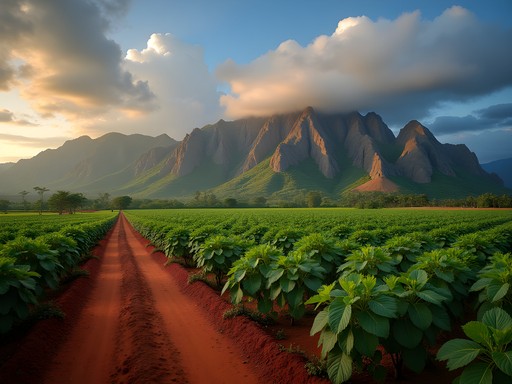
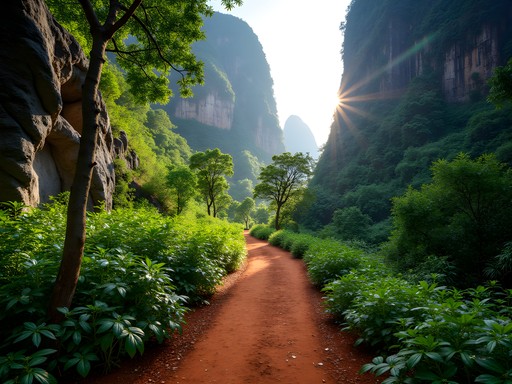
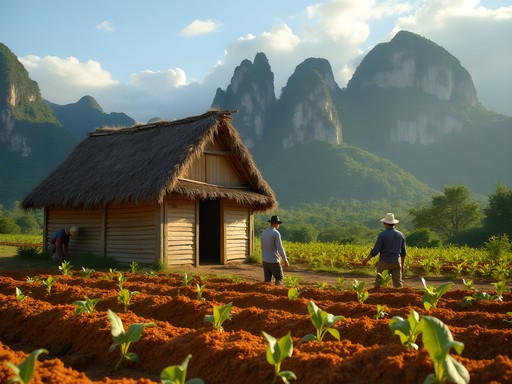
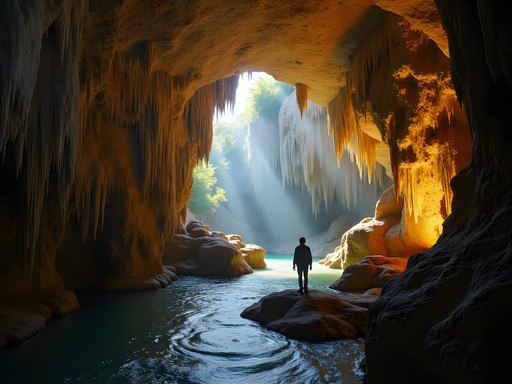
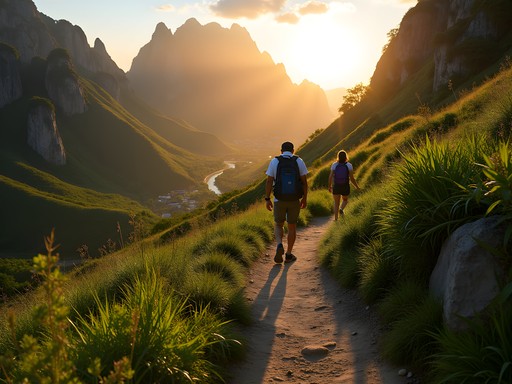


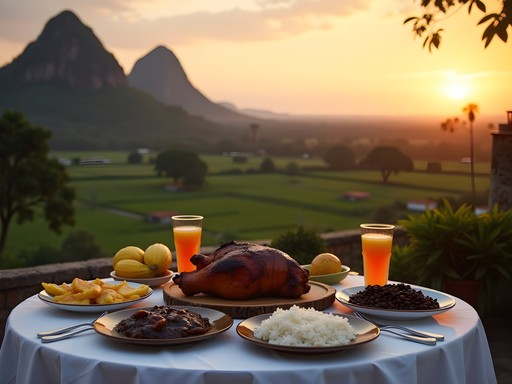
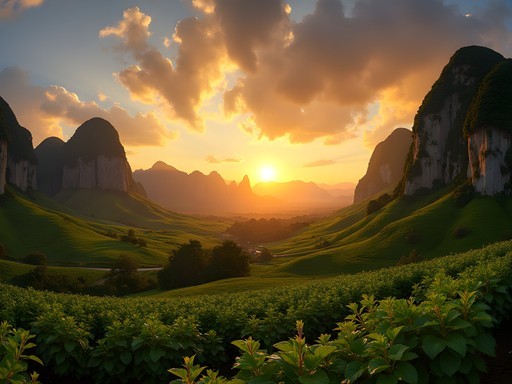


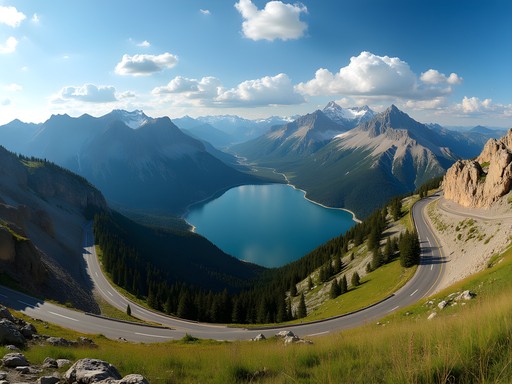



Comments
journeymaster
How difficult would you rate the hiking trails around the mogotes? I'm traveling with my 65-year-old mother who's reasonably fit but not an experienced hiker.
Gregory Boyd
There are trails for all levels! The valley floor paths between mogotes are quite easy and offer spectacular views. For your mother, I'd recommend the trails around Viñales Valley viewpoint and the botanical garden paths. Save the steeper mogote climbs for yourself if you want more challenge.
journeymaster
That's perfect, thanks! Do you think we need a guide even for the easier trails?
Gregory Boyd
I'd still get a guide - not for the physical navigation but for the cultural context. They'll introduce you to local farmers, explain the ecosystem, and share stories you'd miss otherwise. Plus, it supports the local economy!
globelegend5531
Your photos are STUNNING! Can't believe those mountains are 170 million years old! Mind blown! 🤯
Gregory Boyd
Ingrid, your analytical approach to the geological formation of the mogotes resonates with my own experience there. What fascinates me most about Viñales is the intersection of natural history and human adaptation. The local farmers have developed agricultural techniques specifically adapted to this karst topography that date back centuries. For anyone planning to hike there: I'd recommend avoiding the mid-day heat (11am-2pm) as the limestone reflects heat intensely. The local guides are worth every penny - they know hidden entrances to cave systems that aren't on any map. My guide Alejandro showed me ancient indigenous pictographs that I would have completely missed otherwise. One technical note: the limestone is extremely porous and can be slippery after rain. Good hiking boots with ankle support are essential if you're planning to explore beyond the main trails.
photoblogger
Just returned from Viñales last month! Your section on cave exploration was super helpful. We visited Cueva del Indio and it was incredible, but I wish we'd known about the lesser-known caves you mentioned. The boat ride through the underground river was touristy but still magical. The tobacco farms nestled between the mogotes were my favorite photo spots - the contrast between the lush fields and those massive limestone towers is a photographer's dream. Did you try the coffee from the local farms? Mind-blowing!
springwanderer
What time of day did you find best for photographing the mogotes? Morning light or sunset?
photoblogger
Definitely sunrise! The morning mist hanging around the mogotes creates this ethereal scene. Bring a good zoom lens too - I used my telephoto lens to capture details in the limestone faces.
springwanderer
Those mogotes are absolutely breathtaking! Added to my bucket list immediately.
Gregory Boyd
They're worth it! I was there last year and the geological formations are unlike anything else I've seen in the Caribbean.
springwanderer
Did you hire a guide or explore on your own? Trying to plan my approach.
winterdiver
Love your writing style! The photos of those cave systems are giving me serious travel envy right now.
Elena Wells
Ingrid, your geological breakdown brought back so many memories! When I visited Viñales last spring, I stayed with a family whose house sat right at the base of one of these magnificent mogotes. Every morning, I'd wake up to mist hanging between the limestone giants while roosters announced the day. For anyone planning a visit - don't miss sunset from Hotel Los Jazmines viewpoint! The way the light hits those ancient formations turns them golden. The family I stayed with taught me how to roll cigars from fresh tobacco leaves, and we shared stories in broken Spanish while sipping coffee grown just steps from their door. These mountains aren't just geological wonders - they're the backbone of a whole way of life that's continued for generations.
coffeequeen
Those limestone formations look incredible! Adding this to my bucket list immediately.
cityguy
What's the best way to get to Viñales from Havana? Are there reliable bus services or is hiring a driver better? Also wondering about photography - did you need special equipment for the cave shots or will my smartphone with night mode work okay?
Elena Wells
Not Ingrid, but I took the Viazul bus from Havana to Viñales last year and it was comfortable and affordable (about $12). For cave photography, I'd recommend a compact tripod at minimum - my phone shots came out blurry even with night mode because it was so dark in some sections. The bus station is a bit outside town, but any casa particular owner will arrange pickup if you email ahead!
Adam Nichols
Fascinating geological analysis, Ingrid. I visited Viñales last year and conducted some amateur research on the karst formation processes. The Jurassic-era origins of these formations provide a perfect case study in tropical limestone erosion patterns. I found the microclimate variations between the valley floor and the mogote summits particularly interesting - approximately 3-4°C difference in my measurements. For serious hikers, I'd recommend the Los Acuáticos trail for its unique perspective on the entire valley system. Did you collect any data on the cave humidity levels? I found they varied significantly between 85-95% depending on depth and time of day.
Ingrid Watkins
Adam, I'm impressed by your microclimate observations! I didn't take formal measurements, but I did notice the dramatic temperature drop in the deeper cave sections. Los Acuáticos was actually my favorite trail too - the perspective from above gives you a true sense of the geological layout.
Venture X
Premium card with 2X miles, $300 travel credit, Priority Pass